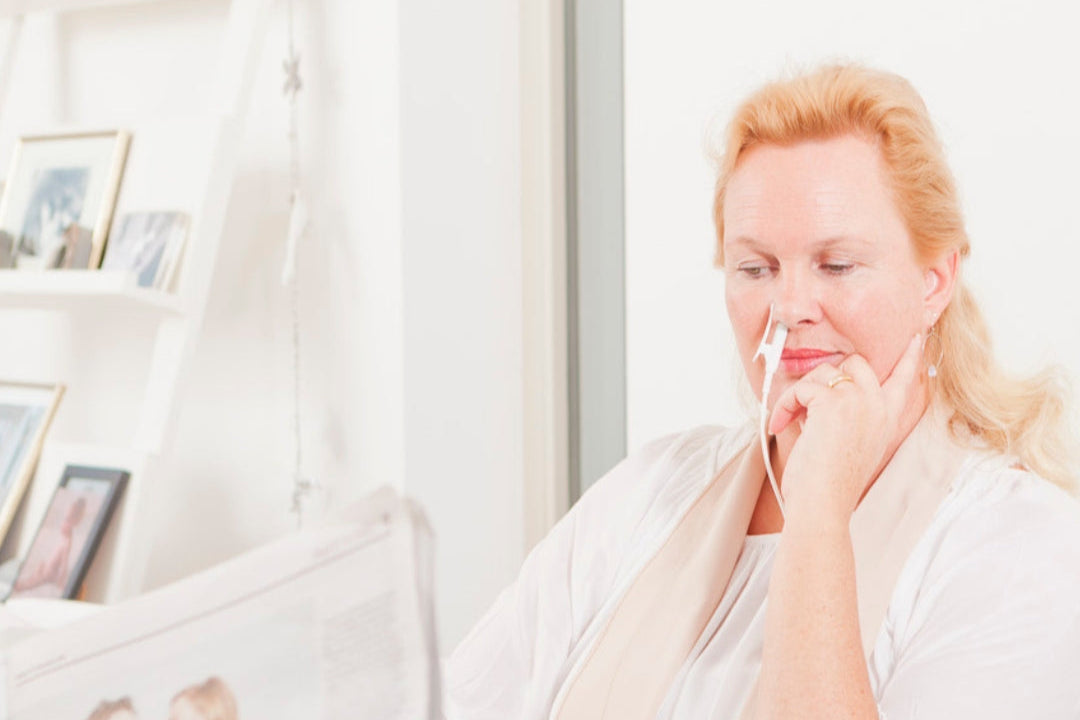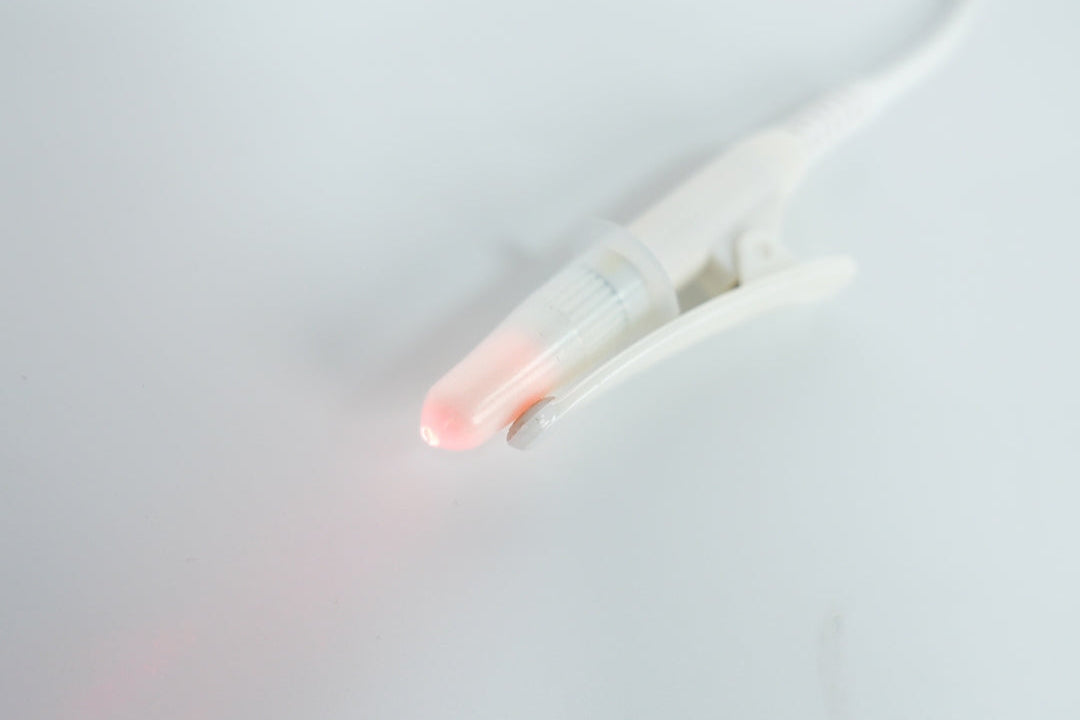IN-light blog
How to reduce stress with red light therapy
IN-light blog
How to reduce stress with red light therapy
Want to reduce stress but don't know where to start? Red light therapy could be a good first step. This form of light therapy stimulates the natural processes in your body, allowing stress and stress-related symptoms to be treated. Curious about how it works? Read on to find out more.

Source: Pexels
Red light therapy, also known as photobiomodulation, uses red light to stimulate the cells in the body. The light stimulates the mitochondria, the energy centres of the cells. This increases energy production and supports the recovery processes in your body, among other things. This also makes it possible to tackle (the cause of) stress.
When you are stressed, your body produces the stress hormone cortisol. This hormone keeps you alert and focused, which is useful in acute danger or threatening situations. But during prolonged stress, your body remains in this state and produces too much cortisol. This can lead to fatigue, sleep problems, muscle pain, digestive problems and even mood swings.
Yes, red light therapy can reduce stress. It helps your body cope better with stress by stimulating energy production in your cells. This promotes recovery and balance. It can even help you tackle chronic stress.
The red light also activates the part of your nervous system that promotes relaxation and thereby reduces cortisol. In addition, it stimulates the production of serotonin and melatonin, which improves your mood and sleep quality. This form of light therapy helps your body and mind to relax.

Red light therapy stimulates the production of endorphins. This improves your mood. It also helps to balance your nervous system and produces melatonin. This not only gives you a feeling of calm, but also improves the quality of your sleep.
In addition to stimulating melatonin production, red light also reduces the stress hormone cortisol. All of this contributes to better, deeper and more restorative sleep. As a result, you wake up feeling rested and experience fewer energy dips during the day.
Scientific studies show that red light therapy helps with mood disorders and symptoms of depression. Its effect on serotonin and dopamine can improve mental balance and clarity.
Physical complaints caused by stress can also be treated with red light. These include tension headaches, migraines, muscle tension and more. By stimulating blood flow and reducing inflammation, red light can also provide physical relief.
Red light therapy helps reduce oxidative stress in the body. This is an imbalance between free radicals and antioxidants, which often increases during prolonged stress. By restoring this balance, red light protects cells from damage and supports overall recovery and well-being. You can read more about this on our science page.
A good example of a device that can relieve stress is the IN-light laser. This laser works with red light that is administered to the body via the nose.

Red light from IN-light is administered intranasally, via the nose. This means it works systemically, affecting your entire body. In this way, it is possible to treat stress with all the above benefits.
The IN-light laser can be used anywhere, whether you are sitting on the sofa, on the go or somewhere else. This way, you can even reduce stress at work. Many users report feeling calmer and sleeping better after a few sessions.
How to get the most out of the IN-light laser for stress reduction: